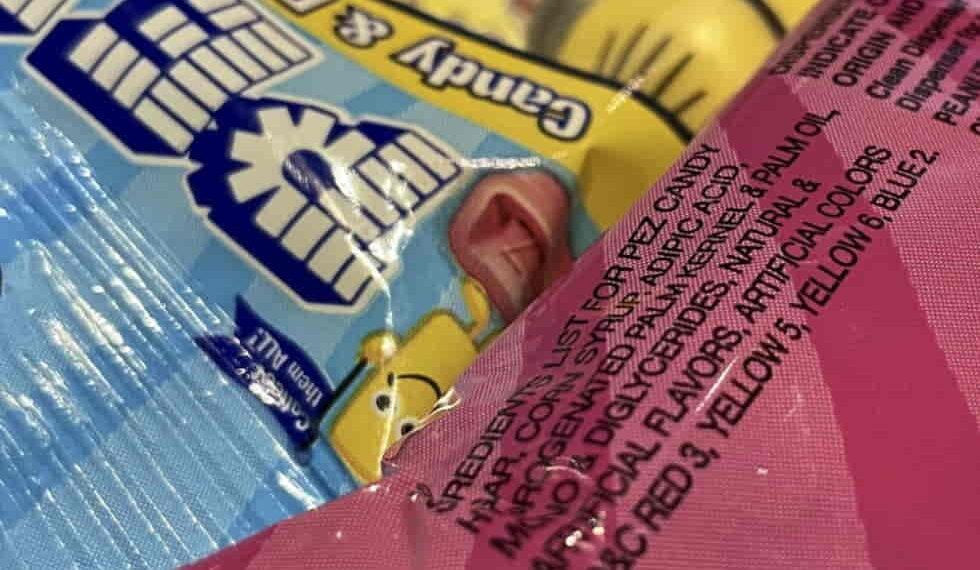FDA Bans Red Dye No. 3 from Foods After Decades of Controversy
Introduction
In a significant decision, the U.S. Food and Drug Administration (FDA) has banned the use of Red Dye No. 3 (also known as erythrosine or FD&C Red No. 3) in foods, dietary supplements, and oral medicines. The move comes nearly 35 years after the dye was prohibited in cosmetics due to its potential cancer risks.
The Reason for the Ban
The FDA’s decision follows a 2022 petition filed by food safety and health advocates. The agency cited the Delaney Clause, a federal statute mandating the ban of any additive linked to cancer in humans or animals. Studies have shown that Red 3 caused cancer in lab rats exposed to high levels of the dye.
“The FDA is taking action to remove the authorization for FD&C Red No. 3 in food and ingested drugs,” said Jim Jones, FDA’s deputy commissioner for human foods.
While the way Red 3 causes cancer in rats does not occur in humans, the FDA determined it was legally obligated to act based on existing evidence.
Transition Timeline for Manufacturers
The ban includes:
- Food Manufacturers: Required to remove Red 3 by January 2027.
- Ingested Drug Makers: Must comply by January 2028.
Imported foods must also adhere to the new U.S. requirements, though other countries still allow certain uses of the dye.
Consumer Advocates Celebrate the Move
Health and safety groups praised the FDA’s decision as a long-overdue step toward eliminating harmful substances from the food supply.
“This is a welcome, but long overdue, action from the FDA: removing the unsustainable double standard in which Red 3 was banned from lipstick but permitted in candy,” said Dr. Peter Lurie, director of the Center for Science in the Public Interest (CSPI).
The CSPI spearheaded the petition, emphasizing that the dye’s removal is especially crucial for protecting children, who consume higher amounts of the additive relative to their body weight.
Potential Legal Challenges
The ban may face legal hurdles from food manufacturers. FDA Commissioner Dr. Robert Califf acknowledged this during a December 2022 hearing:
“When we do ban something, it will go to court. And if we don’t have the scientific evidence, we will lose in court.”
The FDA previously declined to revoke Red 3’s authorization for food in 1990, citing differences in how the dye affects rats and humans. This earlier decision has been a point of contention among health advocates and lawmakers.
Congress and Public Support
Nearly two dozen members of Congress pushed for the ban, stating it was vital to protect children and eliminate unnecessary carcinogens from the food supply. A November 2022 letter from lawmakers argued:
“The FDA should act quickly to protect the nation’s youth from this harmful dye, used simply to give food and drinks a bright red color. No aesthetic reason could justify the use of a carcinogen in our food supply.”
Public opinion aligns with this view. According to a recent AP-NORC poll, about two-thirds of Americans support restricting or reformulating processed foods to remove harmful additives like Red 3. Support is highest among:
- College-educated adults: 8 in 10 favor restrictions.
- Higher-income households: Roughly 7 in 10 support reformulation.
In contrast, only about half of adults with household incomes below $30,000 expressed support.
Looking Ahead
The FDA’s decision to ban Red Dye No. 3 marks a major milestone in food safety regulation, addressing long-standing concerns over its use. While the dye’s removal may face legal scrutiny, consumer advocates and lawmakers see it as a critical step toward ensuring healthier food options for all Americans.
This article was rewritten by JournosNews.com based on verified reporting from trusted sources. The content has been independently reviewed, fact-checked, and edited for accuracy, neutrality, tone, and global readability in accordance with Google News and AdSense standards.
All opinions, quotes, or statements from contributors, experts, or sourced organizations do not necessarily reflect the views of JournosNews.com. JournosNews.com maintains full editorial independence from any external funders, sponsors, or organizations.
Stay informed with JournosNews.com — your trusted source for verified global reporting and in-depth analysis. Follow us on Google News, BlueSky, and X for real-time updates.














